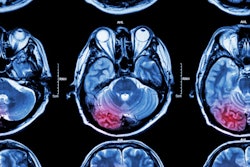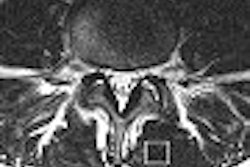CHICAGO - Disruption of the mirror neuron system as seen on functional MRI (fMRI) may explain the social dysfunction associated with autism, according to a presentation this week at the American Neurological Association (ANA) meeting.
In a poster presentation, Dr. Nancy Isenberg and colleagues reported that "during development, imitation lays the groundwork for peer interaction and learning of social and communication skills."
"Previous neuroimaging experiments suggest a mirror neuron system in the human brain," stated Isenberg, the director of behavioral neurology and an assistant professor of neurology at the New Jersey Neuroscience Institute at JFK Medical Center in Edison, NJ.
This frontoparietal mirror neuron network in the human brain fosters the ability to represent and understand observed actions, allowing people to successfully interact with others and their environment (NeuroImage, September 25, 2006).
In the current study, the researchers examined 10 patients diagnosed with autism spectrum disorder on a 3-tesla MR unit. They compared the subjects' brain activity in the frontal operculum, inferior parietal lobule, and superior temporal sulcus with that of 10 healthy control subjects.
The team observed mirror neuron system activity among the controls during observation, as well as imitation and execution of social and instrumental gestures.
In comparison, patients with autism spectrum disorder showed decreased activity in the areas of the mirror neuron system and subcortical and limbic areas during observation, imitation, and execution of social and instrumental gestures.
The researchers also detected decreased activity in the orbitofrontal cortex and precuneus among the patients with autism spectrum disorder, according to Isenberg.
"Disruption along these systems may underlie the social dysfunction that is a cardinal feature of autism spectrum disorder," she explained. "Between group comparisons of observation, imitation and execution of social and instrumental gesture revealed significance differences in the mirror neuron system with relative decreases in the autism subjects compared to control subjects."
"These results support the hypothesis that the mirror neuron system is disrupted in individuals along the autism spectrum," Isenberg added.
By Edward Susman
AuntMinnie.com contributing writer
October 10, 2006
Related Reading
Gray-matter abnormalities seen in autism spectrum disorder, August 22, 2006
The autistic brain never "rests," August 12, 2006
Copyright © 2006 AuntMinnie.com



















